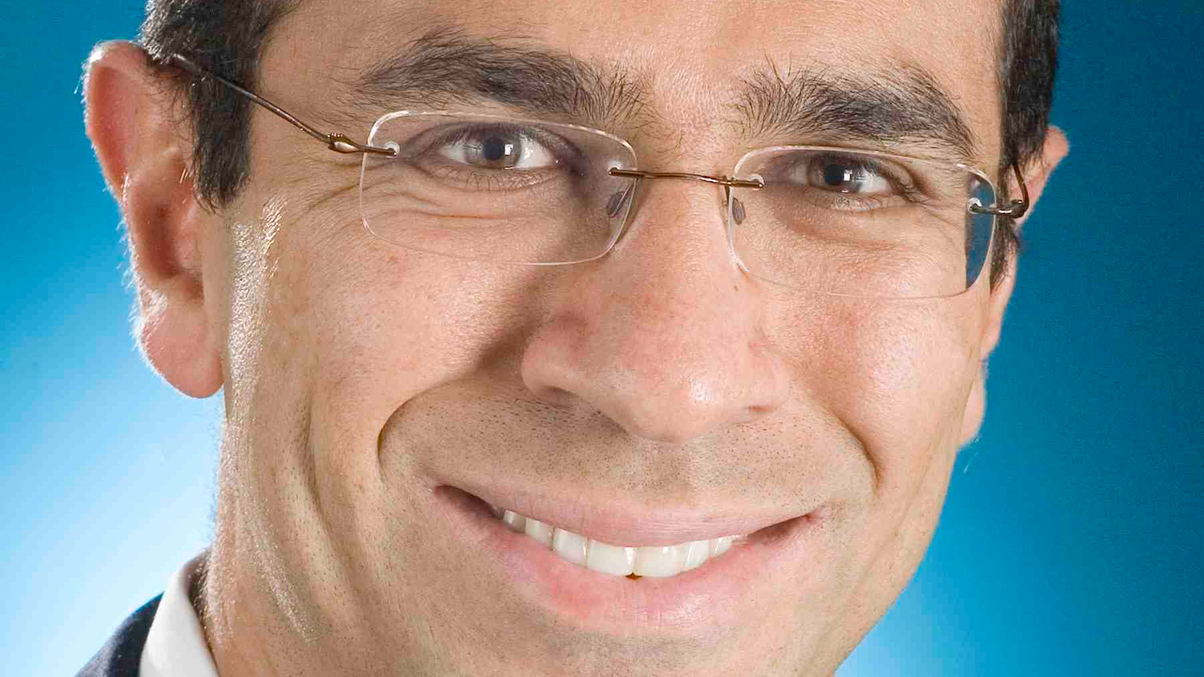RREEF eyes Chinese insurance assets, may raise RMB funds
With Chinese insurers now free to buy property for investment purposes, Deutsche Bank's property investment arm expects them to become dominant real estate players.

The pool of Asia-Pacific investment capital available to be tapped by property asset managers is set to swell significantly in coming years, says Niel Thassim, Hong Kong-based Asia-Pacific managing director for Asia-Pacific at RREEF, Deutsche Bank's real-estate investment-management arm.
Sign In to Your Account
Access Exclusive AsianInvestor Content!
Please sign in to your subscription to unlock full access to our premium AI resources.
Free Registration & 7-Day Trial
Register now to enjoy a 7-day free trial—no registration fees required. Click the link to get started.
Note: This free trial is a one-time offer.
¬ Haymarket Media Limited. All rights reserved.


